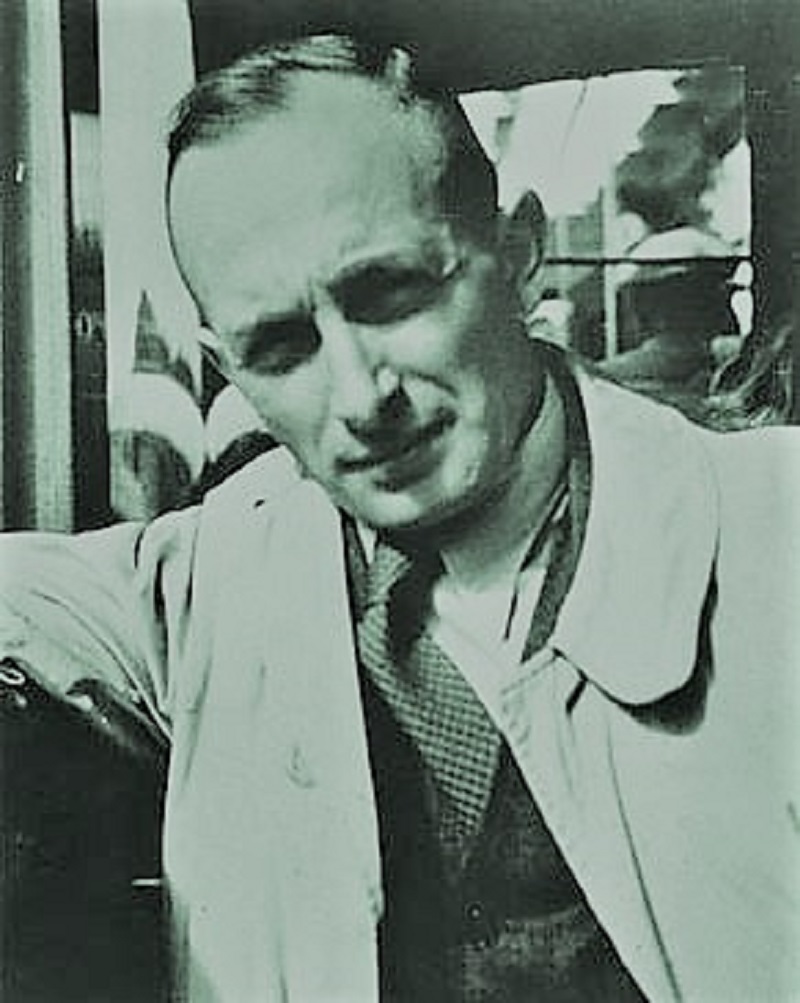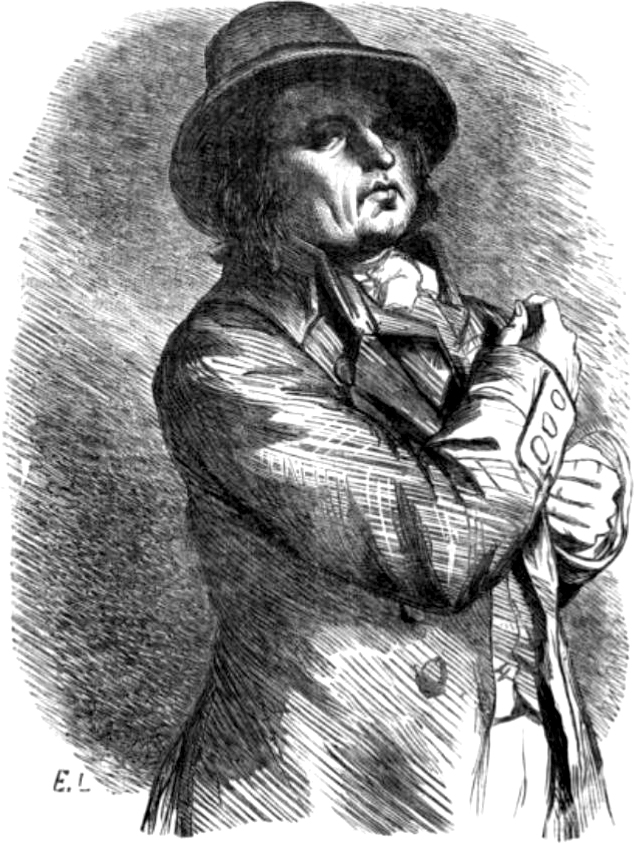
December 15th marks the 61st anniversary of Adolf Eichmann’s death sentence. I am not going too much in the history of Eichmann, there is not that much I can add to the narrative.
On December 11–12, 1961, Eichmann was convicted of crimes against the Jewish people, crimes against humanity, war crimes, and membership in a criminal organization. He was sentenced to death on December 15.
His defense was basically that he had only been following orders.
During World War I, Eichmann’s family moved from Germany to Linz, Austria. His pre-Nazi life was rather ordinary. He worked as a traveling salesman in Oberösterreich (Upper Austria) for an oil company but lost his job during the Great Depression. He had actually attended Kaiser Franz Joseph Staatsoberrealschule (state secondary school) in Linz. A certain Adolf Hitler had been a student in that same school 17 years prior.
Eichmann joined the Nazi Party in April 1932 in Linz, Austria and rose quickly through the party hierarchy. In November 1932 he became a member of Heinrich Himmler’s SS, When in 1939 Himmler formed the Reich Security Central Office, Eichmann was transferred to its section on Jewish affairs in Berlin. Up to then that section was headed by Leopold von Mildenstein. It was that same Leopold von Mildenstein who had invited Eichmann to join him.
In 1933 von Mildenstein visited British Mandatory Palestine and met with local Jews. His signature was recently discovered in a Jerusalem guestbook.

Mildenstein had been a supporter and an advocate for the relocation of Jews to the British Mandate up to 1936. He was replaced by Adolf Eichmann, who eventually helped orchestrate the mass-murder of Jews as the “final solution.”
While at the Jewish affairs Department, Eichmann was assigned to study and prepare reports on the Zionist movement and various Jewish organisations. He even learned some Hebrew and Yiddish, gaining a reputation as a specialist in Zionist and Jewish matters.
So much has already been written about the crimes of Eichmann, I couldn’t possibly add anything to that story.
On May 23, 1960, Israeli Prime Minister David Ben-Gurion announced to the world that Nazi war criminal Adolf Eichmann had been captured and would stand trial in Israel. He was seized by Israeli agents in Argentina on May 11 and smuggled to Israel nine days later.
Eichmann had escaped to Argentina using the alias Ricardo Klement.
Juan Perón’s government had provided refuge for thousands of German and Croat war criminals. U.S. military intelligence reports indicated that Argentina and Germany began making arrangements to transport Nazis to Argentina as early as 1944. That year, reports accused Argentina of selling fake passports to Germans through their embassy in Lisbon and the Spanish government of providing stopover points for planes flying from Germany to Argentina. Air traffic between the two countries continued even after U.S. pressure forced Perón to declare war on the Axis in March 1945.
The one thing what amazes me though is that until the very end Eichmann could not see, or could not admit that he had anything wrong. He had written a latter in which he wrote “I was not a responsible leader, and as such do not feel myself guilty.”
Eichmann was hanged at a prison in Ramla hours later. The hanging, had been scheduled for midnight at the end of 31 May, but was slightly delayed and therefore took place a few minutes past midnight on 1 June 1962. The execution was attended by a small group of officials, four journalists and the Canadian clergyman William Lovell Hull, who had been Eichmann’s spiritual counselor while in prison. His last words were reported to be
“Long live Germany. Long live Argentina. Long live Austria. These are the three countries with which I have been most connected and which I will not forget. I greet my wife, my family and my friends. I am ready. We’ll meet again soon, as is the fate of all men. I die believing in God.”
Within hours after the execution he was cremated and his ashes were scattered in the Mediterranean Sea, outside Israeli territorial waters, by an Israeli Navy patrol boat.
sources
https://www.britannica.com/biography/Adolf-Eichmann
https://encyclopedia.ushmm.org/content/en/article/eichmann-trial?parent=en%2F10832
https://en.wikipedia.org/wiki/Adolf_Eichmann#Early_life_and_education
https://www.wilsoncenter.org/publication/144-peron-and-the-nazi-war-criminals

Donation
I am passionate about my site and I know you all like reading my blogs. I have been doing this at no cost and will continue to do so. All I ask is for a voluntary donation of $2, however if you are not in a position to do so I can fully understand, maybe next time then. Thank you. To donate click on the credit/debit card icon of the card you will use. If you want to donate more then $2 just add a higher number in the box left from the PayPal link. Many thanks.
$2.00
originally posted December 15 2021

























 subsequently wrote to the Home Secretary, Lord John Russel, arguing for the commutation of the death sentences, stating:
subsequently wrote to the Home Secretary, Lord John Russel, arguing for the commutation of the death sentences, stating:



























You must be logged in to post a comment.